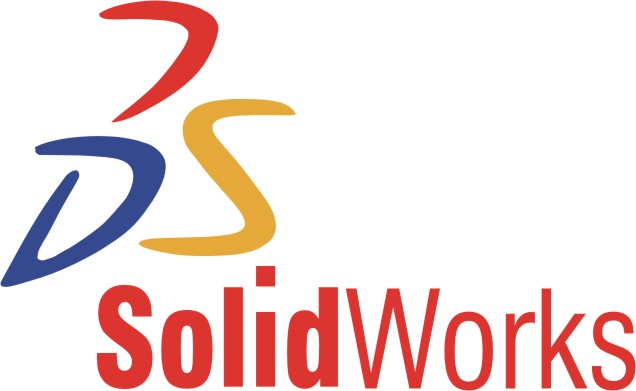Manufacturing Department
Manufacturing Process-
Once all the groundwork has been setup (final designs, analaysis, etc.). The manufacturing and fabrication of our Human Power Vehicle is ready to go.


One of the first stages of manufacturing is building the frame jig and head tube. The frame jig is fully adjusted where the headtube and dropouts can be adjusted in degrees. The frame jig will be constraining our foam inner core frame to be able to execute the carbon fiber/vacuum bagging process.The test piece headtube was carbon fiber wrapped around a machined aluminum stock and naturally cured with an assistance of a spot lamp to accelerate cure time.
Frame Fabrication -




After our inner foam frame was CNC'ed by an outsourced machinist. The brake and derailleur cable routing was carefully placed and ready to be epoxied inside our inner foam core.




Next, the two halves of the foam inner core are epoxied together and carefully placed weights to constrain as the epoxy cures.






Once the epoxy cures and bonded, the headtube is bonded to a test foam piece to ensure fit before it can be placed on the frame jig.




Next, the bottom bracket were machined and epoxied. The bottom bracket was then placed in front of a headlamp to accelerate curing. Once cured, the bottom bracket was epoxied to the inner foam frame and carefully adjusted on the frame jig.






The dropouts were CNC machined by Dr. Prince in the formula lab and holes were drilled so that the epoxy can adhere to the foam more efficiently






Once the headtube/headset were machined, the headset was then carefully epoxied to the foam inner frame. A space heater was used to accelerate curing.




Next, the dropouts were first bonded by a 5 minute epoxy and then sealed with a microballoon/resin mix.


During the manufacturing stage, a group of high school students visited our lab to check out our Senior Design Project to encourage future career choices.









Carbon fiber is carefully cut to create the seat post holder. Several layers were wrapped and vacuum bagged. Next, the seat post holder will now be inserted and wrapped with kevlar around the frame. Cement filler is added around the frame to add rigidity and less porous to withstand the resin that will be applied.




A practice template was created to figure out how to optimally wrap around the complex contours of the frame. Once created, the first layer of carbon fiber can now be wet lay up wrapped around the frame.












The first two layers of carbon fiber were carefully wrapped and mildly cured in front of a space heater and spot lamps.




The next step is the vacuum bagging process.




The frame can now be removed for inspection.




Looking like a HPV??




Laying up the last layers of carbon onto the frame.




Next, material release film and peel ply is wrapped to prepare for the vacuum bagging process.




Vacuum bagging process...






Once cured, the frame was dremeled and sanded down to smooth out the surface.




The frame was then placed on the frame jig to be polished and waxed. Shiny!




Top of the line components for a Top of the Line bike!


Due to chain rub, layers of kevlar was wrapped around the chainstay for added strength.


Clear coat was added to the frame for a glossy finish.




*click below
Final Design!
Fairing Fabrication -
Rear Tailcone Fairing


Rear Tailcone Male Mold (Solidworks)


Rear Tailcone Male Mold (Esprit)
The images above shows a Solidworks model of our rear tailcone.




The Solidworks model was then imported in Esprit and program the machining process for our inhouse EZCNC router. It was split into eight parts due to the limitations of the machine.
Machined Product:







Once all the pieces were cut they were then glued together and sanded down. A cement filler was added to provide a smooth surface.




Next, three layers of carbon fiber were wrapped around the male mold. Due to gravity, the resin was distributed evenly; therefore, vacuum bagging was not needed.





After the resin is cured, the tailcone was sanded down into a smooth surface. To release the tailcone from the male mold a bicycle pump was used to pump air in between the crevice of the tailcone and mold. Once, released the tailcone was thoroughly "inspected"....




Carbon fiber templates were manufactured to cover the inside of our tailcone and our front fairing.
Front Fairing






Three layers of carbon was laid up around our front fairing mold, after it cures a template was cut and dimensioned for our decals.




The front fairing was then stenciled to be cut.




The front fairing is then mounted onto the frame.









